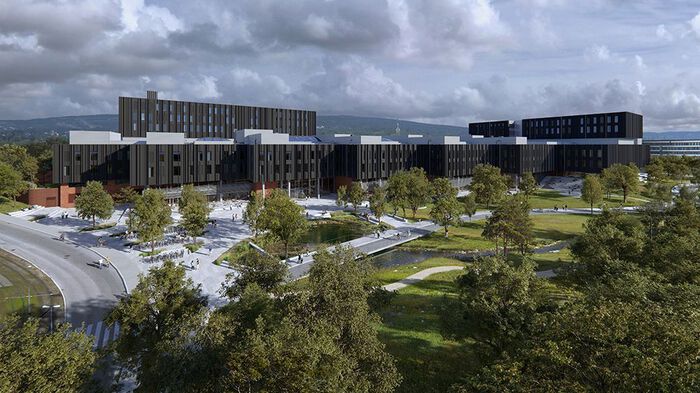Previous events - Page 41
Top seal variability of potential CO2 storage sites on the northern Horda Platform
Doctoral candidate Samiran Sen at the Department of Chemistry, Faculty of Mathematics and Natural Sciences, is defending the thesis "Advances in Hamiltonian Hybrid Particle—Field Theory: Improving the description of interfacial systems" for the degree of Philosophiae Doctor.
Quantification of wildfires in North American permafrost domain, based on the MODIS Fire product
Assessing the Shyft Modelling Framework in Nepal: Impact of Snow Routines and Terrain Representation on Simulated Water Balance Components
Welcome to our GEOHYD Lunch Seminar Friday 26th of May @ 12:15 in Aud. 2, Geology building, or via video link using Zoom. The seminar is held by Junbin Zhao (NIBIO).
This year's Hassel lecture is headed by Professor Veronique Van Speybroeck. The second day Professor Speybroeck will present the lecture "From quantum mechanics to machine learning: Bridging length and time scales in modeling nanoporous materials at operating conditions."
Florian Niedermann, Nordic Institute for Theoretical Physics, Stockholm University.
Investigating the influence of future climate on slope stability- A case study in Eidsvoll, SE Norway
Spatiotemporal patterns of wildfires, NDVI, and NDVI-derived disturbances in Mongolia using MODIS data
Is it difficult to set aside time to write? The Academic Writing Centre organsises structured writing sessions for doctoral students.
Dancing in the (moon) light: diel vertical migration and the behaviour of krill (Meganyctiphanes norvegica) during midwinter and midsummer nights
Learn about how you can retain the rights to your published work with the new Rights Retention Policy at UiO.
Welcome to our weekly lunch seminar held in the dScience lounge area! This event is open to PhD candidates and postdocs.
Felleskollokvium by Prof. Sverre Holm, Dept. of Physics, UiO
This year's Hassel lecture is headed by Professor Veronique Van Speybroeck. The first day Professor Speybroeck will present the lecture "Operando modeling of functional nanostructured materials for sustainable chemistry, nanosensing and clean energy."
by
Bill Lukens
James Madison University (USA)
Hosted by Anne Hope Jahren
Online changepoint detection algorithms based on likelihood-ratio tests have excellent statistical properties. However, a simple exact online implementation is computationally infeasible as, at time T, it involves considering O(T) possible locations for the change. To improve on this, we use functional pruning ideas to reduce the set of changepoint locations that need to be stored at time T to approximately log T. Furthermore, we show how we need only maximise the likelihood-ratio test statistic over a small subset of these possible locations. Empirical results show that the resulting exact online algorithm, which can detect changes under a wide range of models, has a constant-per-iteration cost on average. We consider applications of this algorithm in the context of detecting increases in radiation count that represent astronomical or nuclear events of interest.
Pre-Permian evolution of the Sele High, Central North Sea
Joseph Pradler, ÖAW Vienna
Weekly Theory Seminar.
Title: Using simple integrated assessment models to explore human and earth system feedbacks
Speaker: Sibel Eker, Radboud University and International Institute for Applied Systems Analysis (IIASA)
The Kolmogorov N-width describes the best possible error one can achieve by elements of an N-dimensional linear space. Its decay has extensively been studied in Approximation Theory and for the solution of Partial Differential Equations (PDEs). Particular interest has occurred within Model Order Reduction (MOR) of parameterized PDEs e.g. by the Reduced Basis Method (RBM). While it is known that the N-width decays exponentially fast (and thus admits efficient MOR) for certain problems, there are examples of the linear transport and the wave equation, where the decay rate deteriorates to N-1/2. On the other hand, it is widely accepted that a smooth parameter dependence admits a fast decay of the N-width. However, a detailed analysis of the influence of properties of the data (such as regularity or slope) on the rate of the N-width seems to lack. In this work, we use techniques from Fourier Analysis to derive exact representations of the N-width in terms of initial and boundary conditions of the linear transport equation modeled by some function g for half-wave symmetric data. For arbitrary functions g, we derive bounds and prove that these bounds are sharp. In particular, we prove that the N-width decays as cr N(-r-1/2) for functions in the Sobolev space, g ∈ Hr. Our theoretical investigations are complemented by numerical experiments which confirm the sharpness of our bounds and give additional quantitative insigh.
Employees at the University of Oslo (UiO) and Oslo University Hospital (OUS), who will relocate to the Life Sciences Building when it is completed in 2027, are invited to the seminar "How do we live together?"
Meet researchers from the University of Oslo, Oslo University Hospital and SINTEF as well as start-ups from the health incubator Aleap that are developing new sensor technology solutions for future healthcare.
The workshop Molecular Quantum Dynamics is organized as part of the Centre for Advanced Study (CAS) project Attosecond Quantum Dynamics Beyond the Born–Oppenheimer approximation, and will cover a broad range of topics. We welcome the participants to the beautiful and historical hotel Lysebu, situated at the rooftop of Oslo.

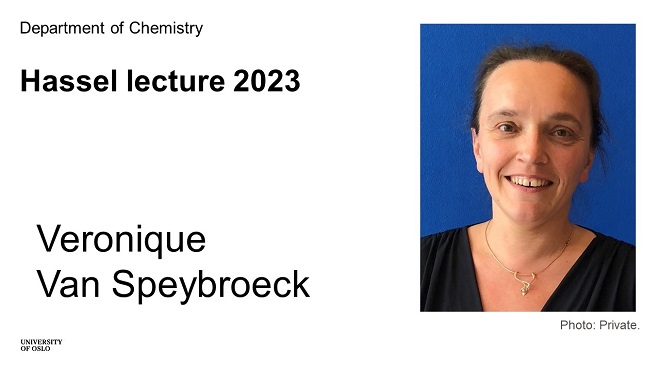
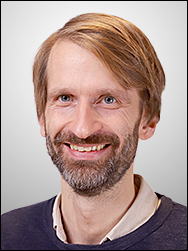


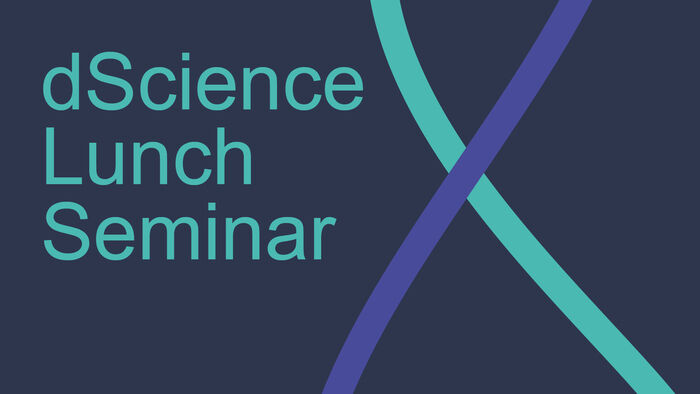
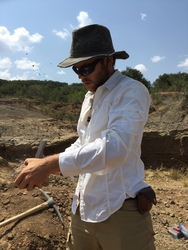
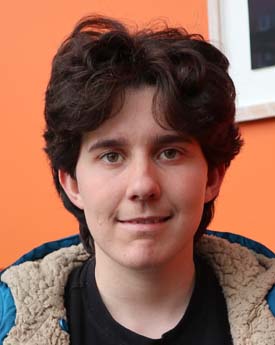
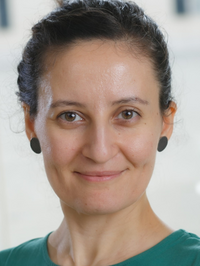
.png?alt=listing)
